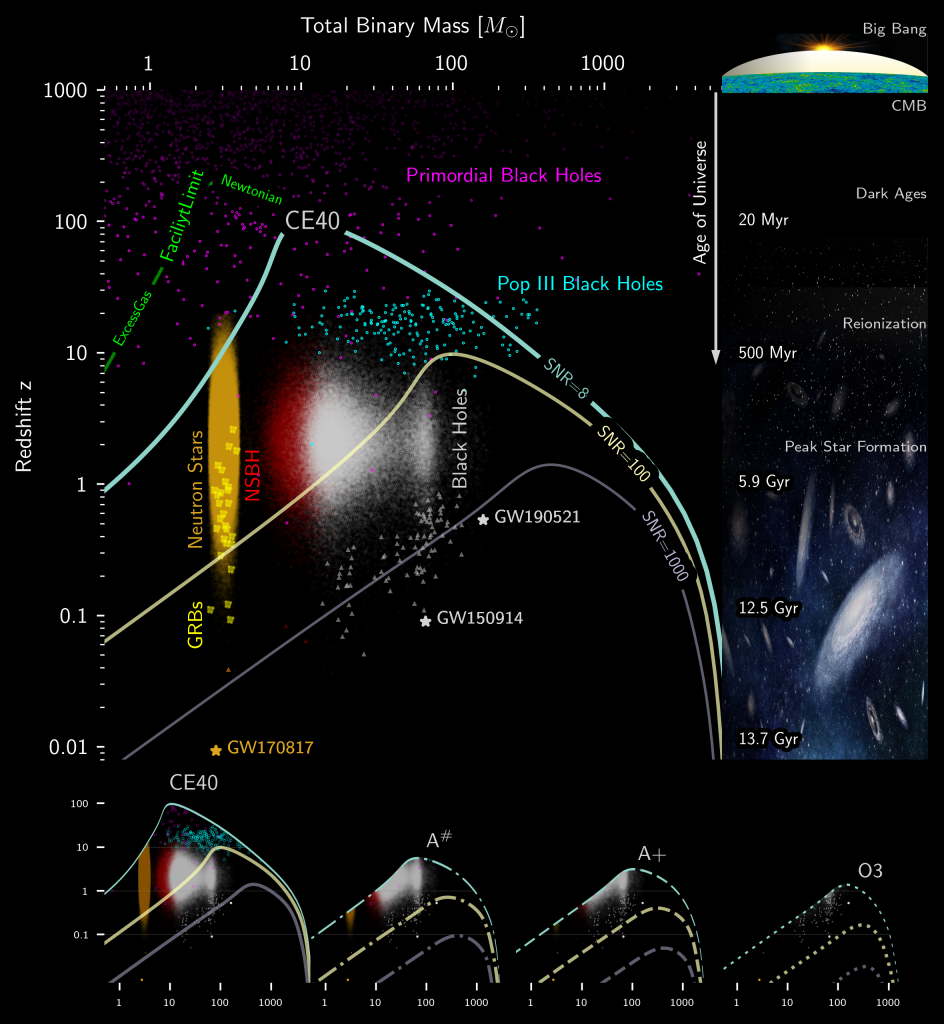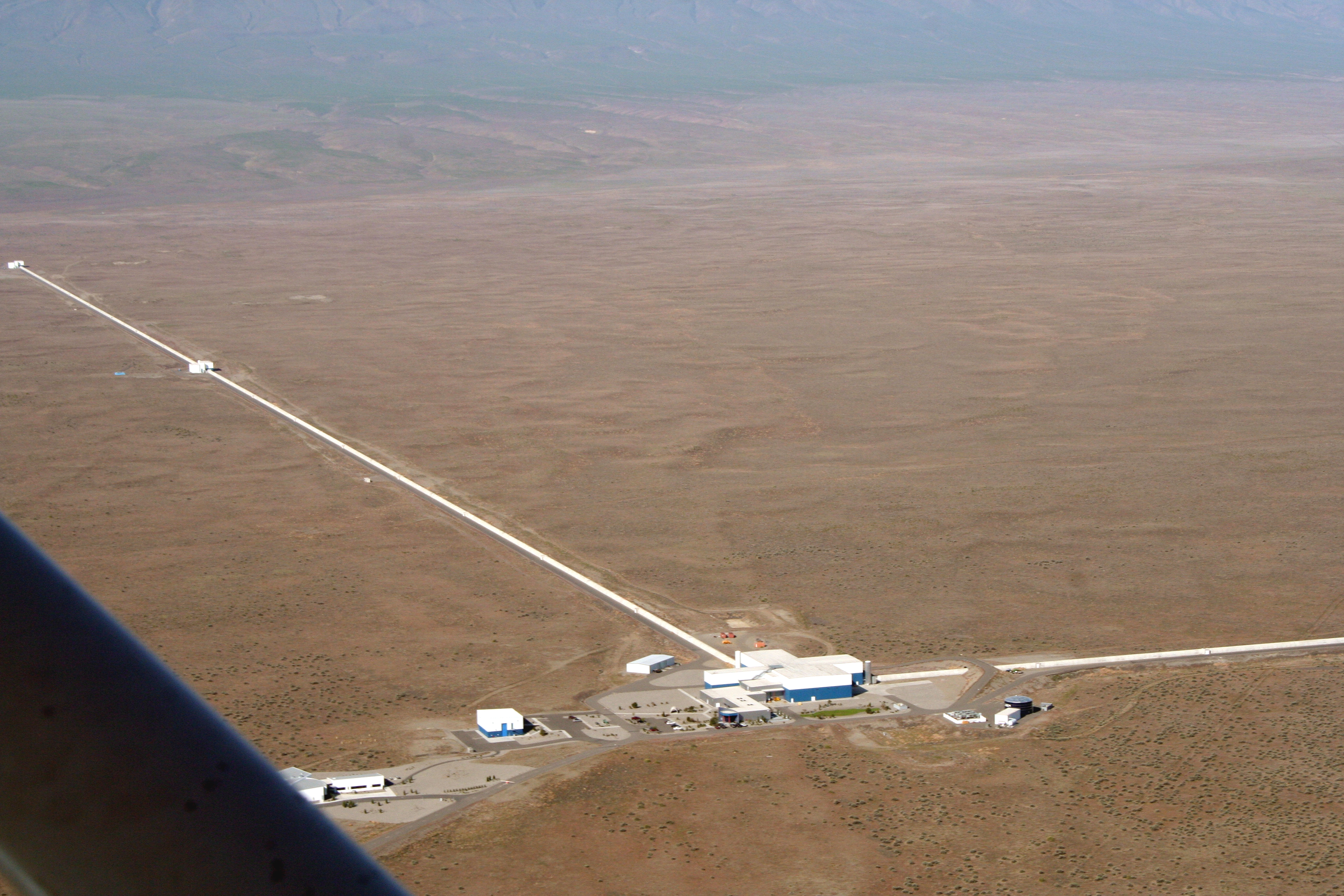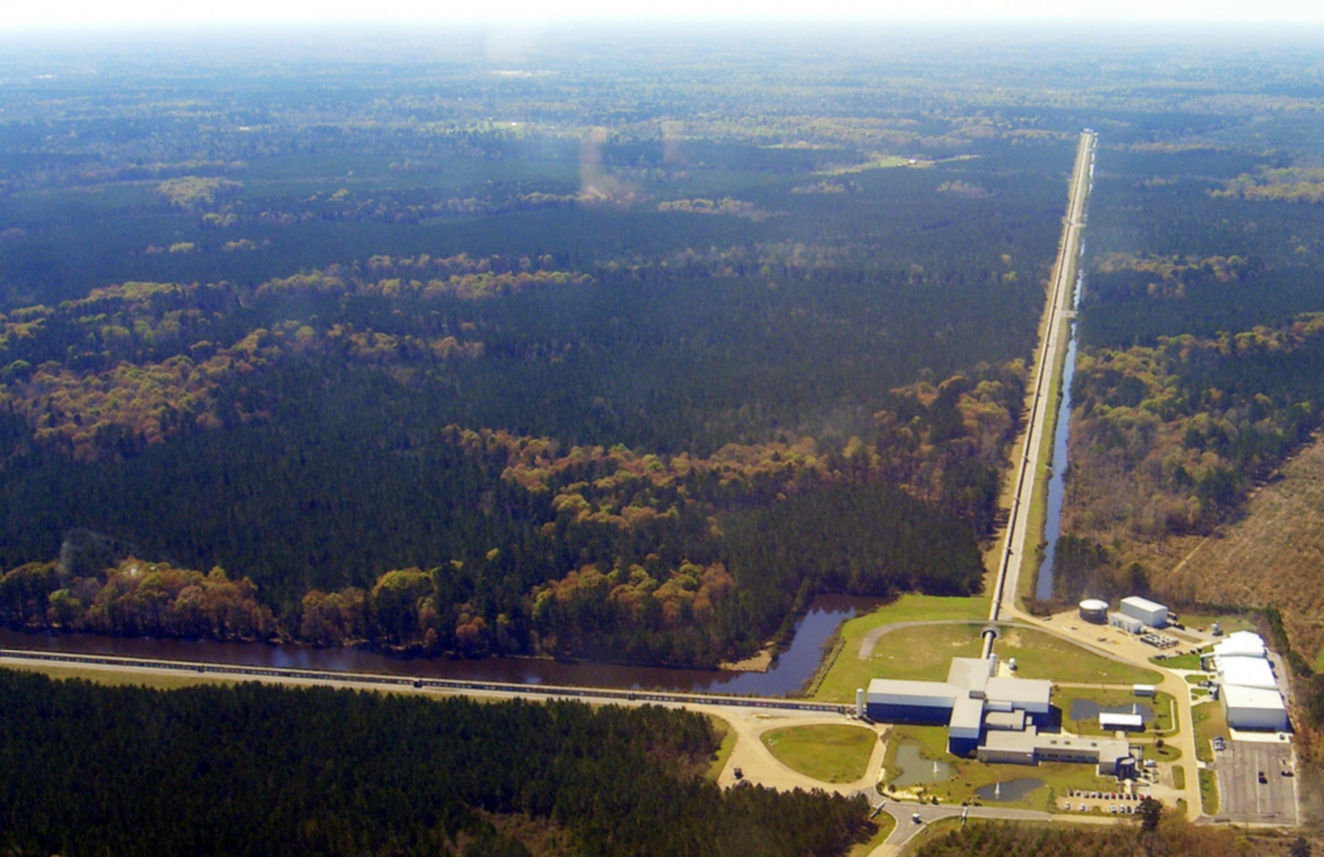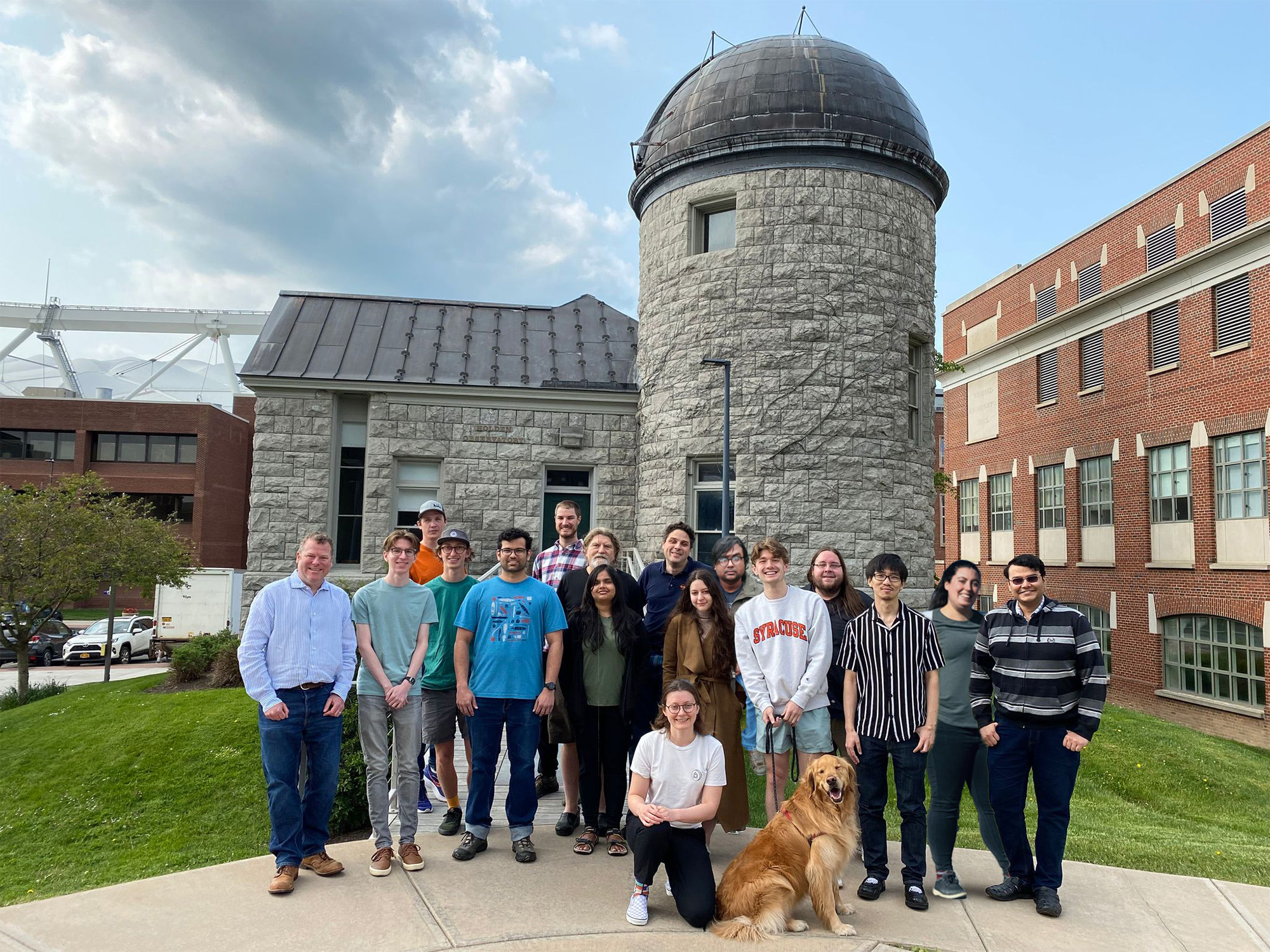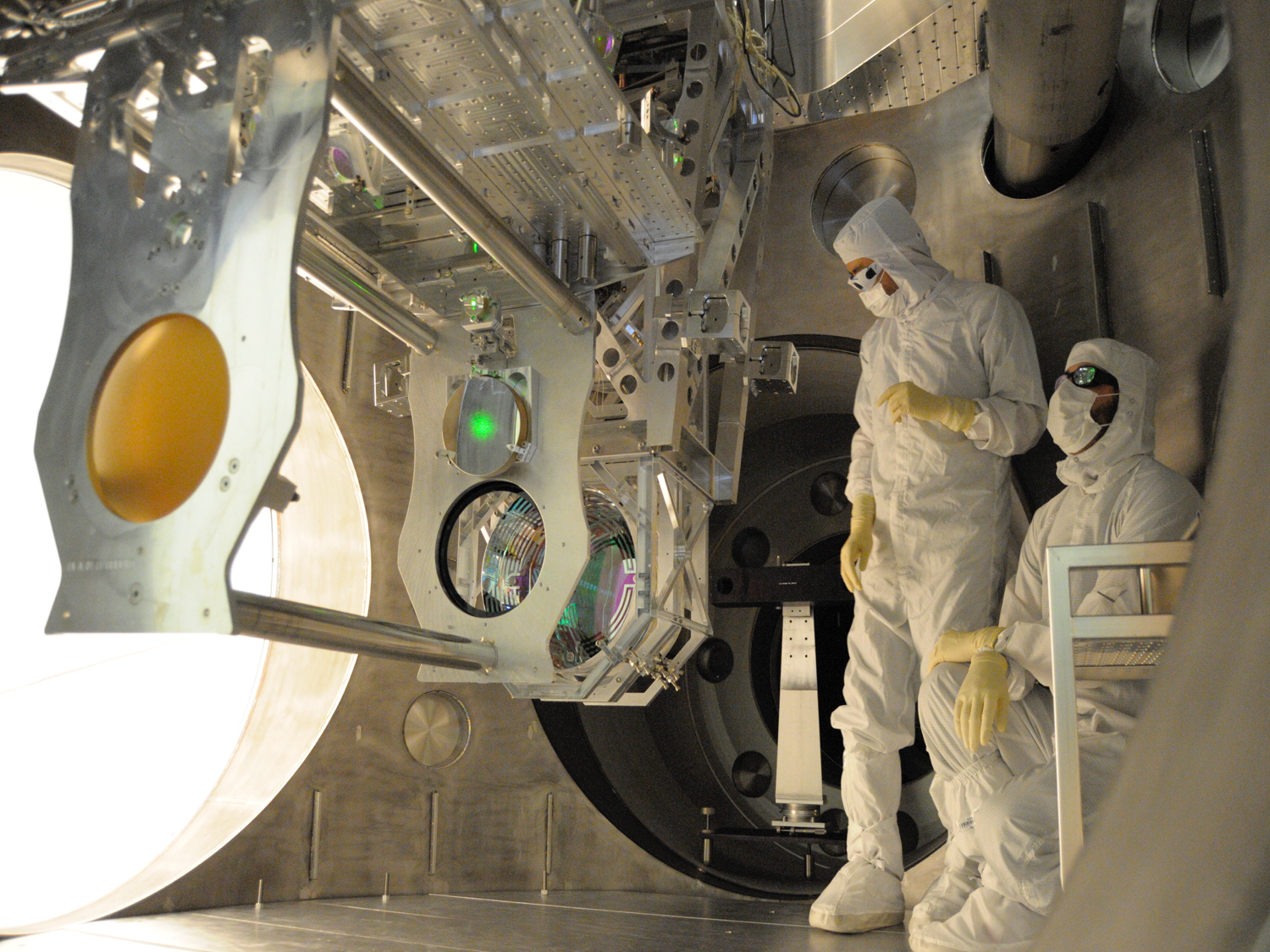The National Science Foundation (NSF) appointed a sub-committee next-generation Gravitational Wave committee (ngGW) of the Mathematical and Physical Sciences Advisory Committee (MPSAC) to assess and recommend configurations for a U.S. GW detection network that can operate at a sensitivity approximately an order of magnitude greater than that of LIGO A+ by the middle of the next decade. The sub-committee has invited White Papers from the community addressing the science motivation and key science objectives, technical description of the proposed concept(s) and how different aspects are associated with key science, current and new technologies needed, risks, timelines, and approximate cost assessment, any synergies or dependencies on other multi-messenger facilities (existing or future). The CE project conducted a trade study to assess the relative performances of plausible detector networks operating in the 2030s and summarized the findings in the White Paper submitted in response to that call. The white paper is supported by a longer technical report that details the trade study carried out to assess the performance of a network consisting of two Cosmic Explorer observatories (one 40 km arm and one 20 km arm) operating in conjunction with upgraded existing facilities or new observatories and it serves as the technical basis for what is reported in the project’s submission.
A brief summary of the White Paper is as follows: Major discoveries in astronomy are driven by three related improvements: better sensitivity, higher precision, and opening new observational windows. Cosmic Explorer promises all three and will deliver an order-of-magnitude greater sensitivity than LIGO. Cosmic Explorer will push the gravitational-wave frontier to almost the edge of the observable universe using technologies that have been proven by LIGO during its development. Cosmic Explorer will make discoveries that cannot yet be anticipated, especially since gravitational waves are both synergistic with electromagnetic observations and can at the same time reach into regions of the universe that electromagnetic observations cannot explore. With Cosmic Explorer, scientists can use the universe as a laboratory to test the laws of physics and study the nature of matter. With its extraordinary discovery potential, Cosmic Explorer will deliver revolutionary observations across astronomy, physics, and cosmology including: Black Holes and Neutron Stars Throughout Cosmic Time, Multi-Messenger Astrophysics and Dynamics of Dense Matter, New Probes of Extreme Astrophysics, Fundamental Physics and Precision Cosmology, Dark Matter and the Early Universe. Cosmic Explorer allows the United States to continue its leading role in gravitational-wave science and the international network of next-generation observatories.
by B.S. Sathyaprakash on August 4, 2023
